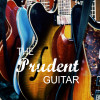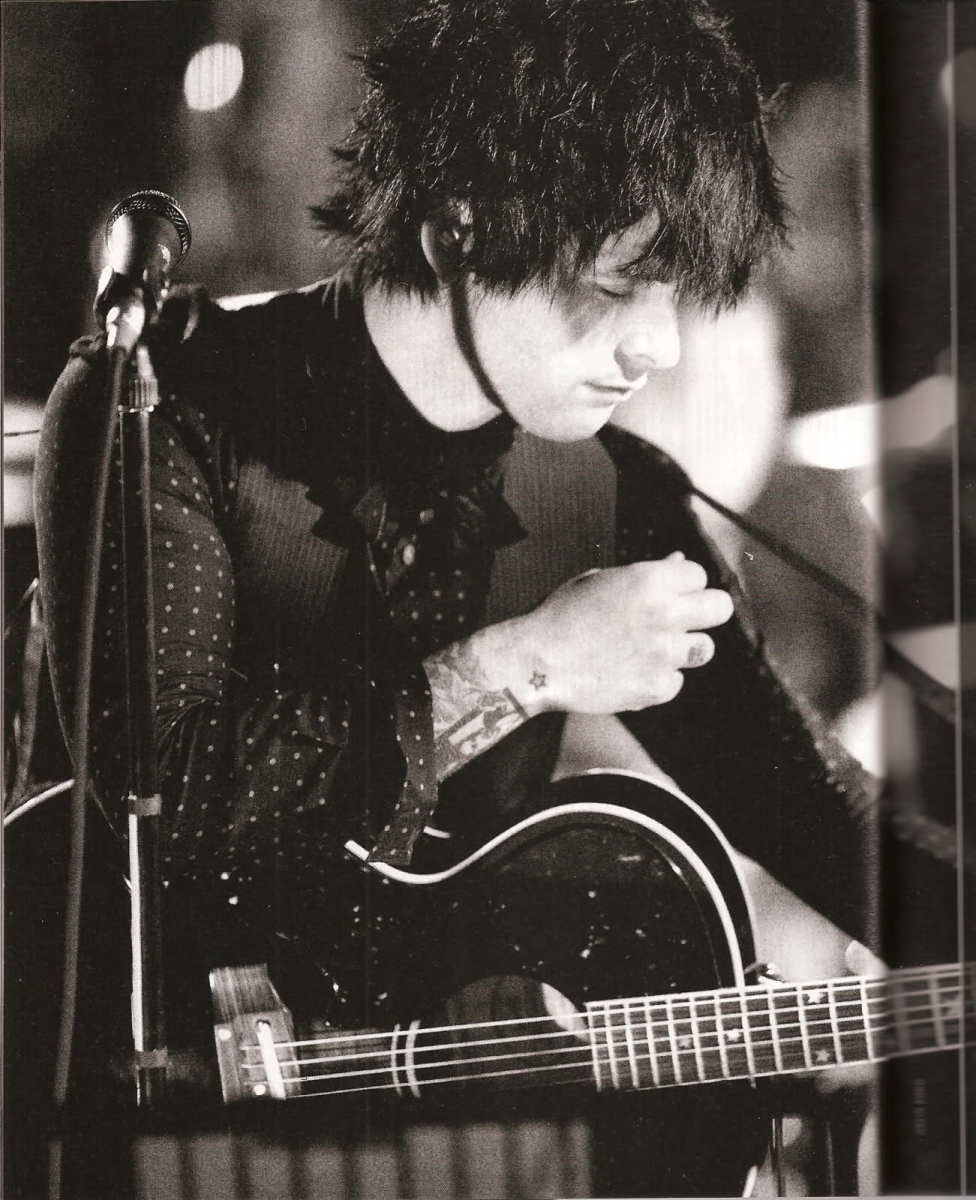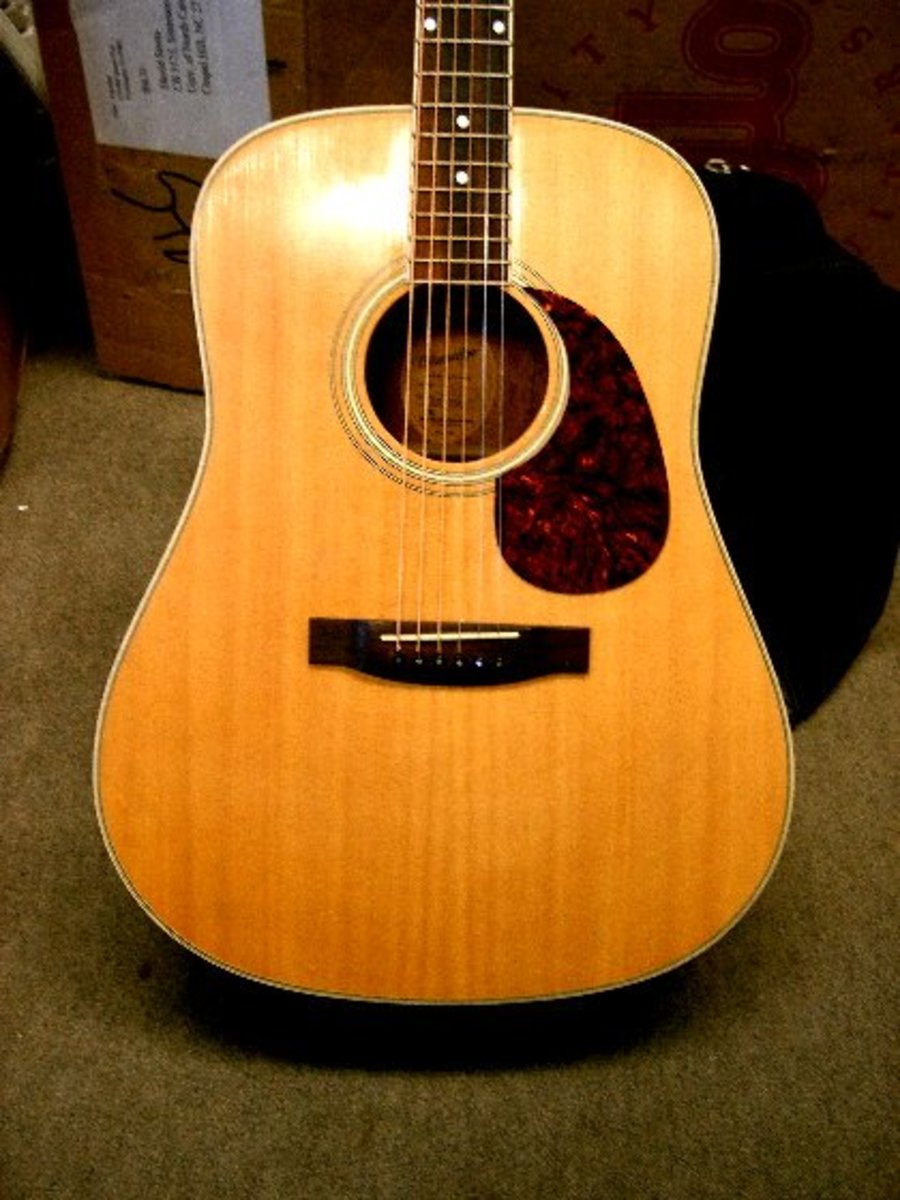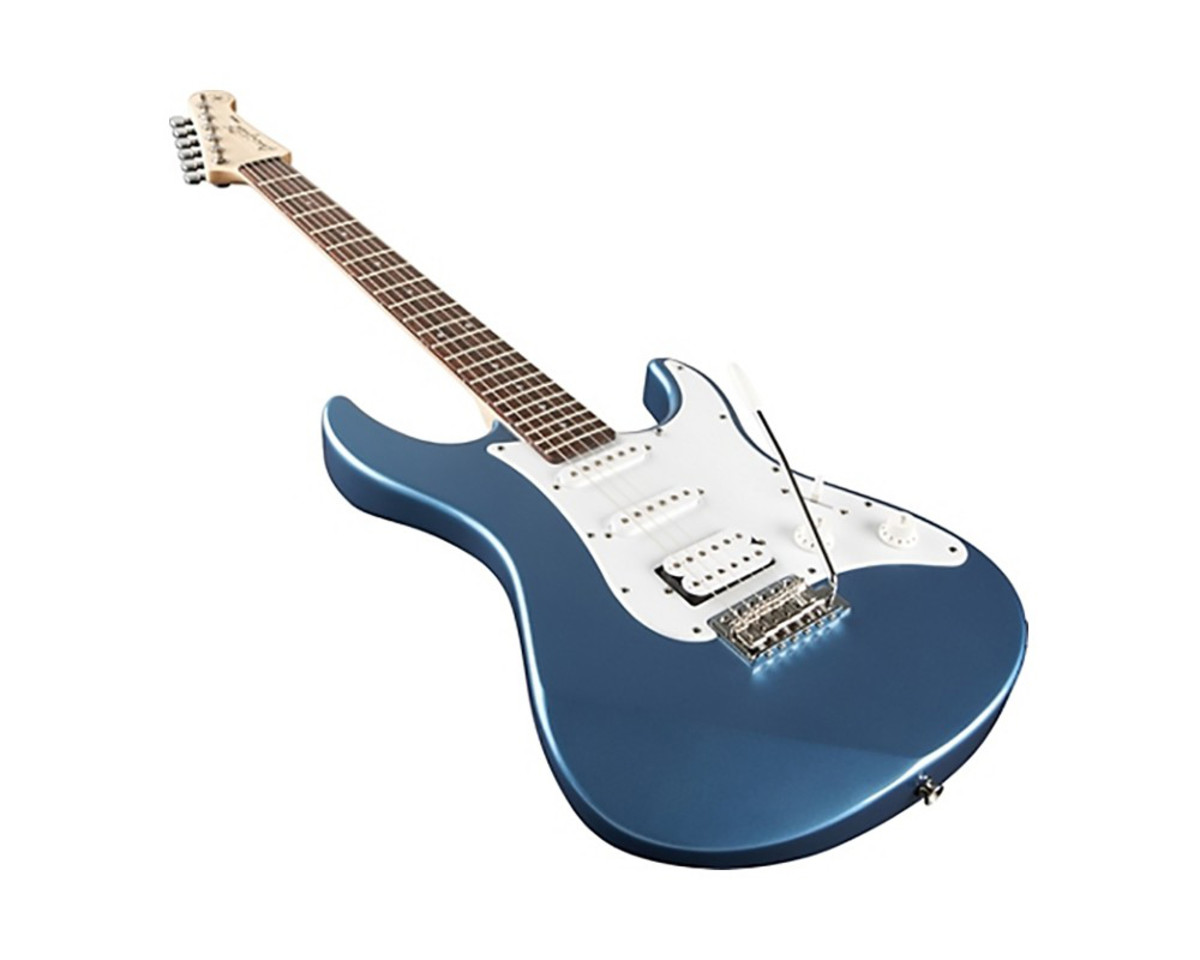Squier Vintage Modified 70s Jazz Bass Review

Overview
Standard Retail Price: $299.99
Typical Used Price: $150 to $200
Controls: Volume (neck); Volume (bridge); Master Tone
Features: Soft maple body; one-piece maple neck and fingerboard; black block inlays and bound neck; 20 large frets; 34" scale; two single-coil Duncan Designed™ JB101 Jazz Bass pickups with Alnico V magnets
Further Information: The Official Fender Website
Overall Value
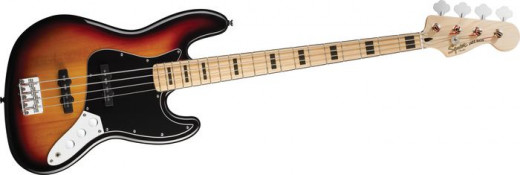
First Impressions
Ever since I saw U2's Adam Clayton rocking a 70s-era Fender Jazz Bass on the "Zoo TV: Live From Sydney" video (on VHS, mind you) as a teenager, I've had a soft spot for instruments with a similar look: the maple neck with the black block inlays and binding, the black pickguard, the natural finish on the body--which turns out to not have been a natural finish at all, but just a very weathered 3-tone sunburst job.
Anyway, about a year ago, I was shopping for a bass to use on demos and solo recordings. My old Squier P-Bass Affinity was on its last legs after about 7 years of home studio use--what really did it in, however, was a year of live work. I swore I would avoid the Squier brand because I found it hard to believe a bass would respond so poorly to a single year of gigging. However, my resolve crumbled when I walked into my local instrument shop and saw the Vintage Modified 70s Jazz Bass hanging on the wall.
Of course, I didn't just grab it and run to the register. Sure, it looked good, but how did it fee--oh crap, it felt great. Okay, I had to think it'd probably sound terrib--ah, even worse, it sounded great once it was plugged into an amplifier! I started to panic. I had a budget of around $400 and at $300 new, I didn't want to skimp and wind up with an inferior product just because my internal teenager was freaking out. But after about 2 hours of testing, I couldn't put the 70s VM Jazz down. I bought it, then went home and played it for another couple of hours.
Ease of Use
Right off the rack, the fit and finish of this bass was astounding. It absolutely smoked my old Affinity Precision, which had jagged, sharp fret-ends and seemed to be impossible to intonate. And the tones... the comparison almost seemed unfair. The 70s Jazz Bass's simple control setup allows for a huge variety of tones, ranging from a deep reggae throb to a trebly rock attack.
There are two Duncan-Designed single coil pickups, which are where the "vintage modified" part of the bass's name comes in (they're spaced according to 60s specs, rather than true 70s measurements). These are positioned at the neck and bridge. The first chrome-plated knob that your plucking hand will encounter controls the volume of the neck pickup, whereas the second one adjusts the volume at the bridge. The third is a master tone knob, which controls the tone for both pups simultaneously.
It's that simple.
Now, you might expect that like most jazz basses, this one tends to do bright rock tones and not much else, and you're not far from the truth--I don't really do any jazz, blues, or what-have-you. But my post-punk and new wave influences mean that my bass tracks move between high lead runs up near the top of the neck with a drone string going (a la Joy Division/New Order's Peter Hook) and low, deep pulsing tones softly picked with the fingers or even the thumb (along the lines of Public Image Ltd's Jah Wobble, or Sting in his Police days). The Squier 70s VM Jazz bass keeps up with all of it quite ably, because the pickups are voiced so differently that mixing and blending with the volume knobs alone produces a fairly wide array of sounds. And that's before we even mix in the tone knob.
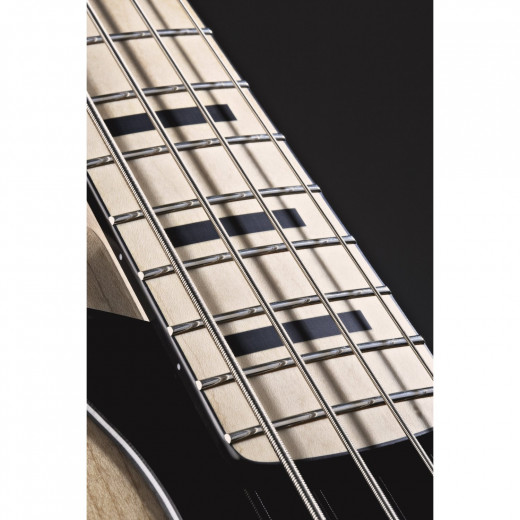
Performance
I generally try to review musical products with the three major contexts in which they'll be used in mind: solo practice/writing, recording, and live work. In this case, I have to confess that I have yet to play the Squier 70s VM Jazz Bass in a live scenario because I'm a primarily a guitarist.
So, bearing that in mind, let's move on to the ground I can cover, starting with practice and writing sessions conducted alone. You've probably guessed what I'm going to say already, but the Squier 70s VM Jazz excels in this scenario. It's such a comfortable-feeling instrument, with its soft maple neck (which, atypically for a lot of Squiers, doesn't seem to have any finish on it), that it's hard not to feel directly connected to the instrument after playing for just a short while. Pretty soon, even a guitar player will be laying down grooves or punching powerful root note progressions or even slapping--yes, slapping--like he was born to do it. That, I think, is part of what demarcates this bass from many other instruments in its class: it makes you feel like you can play like a bass player, instead of like a guitarist fumbling through the motions.
The only recording scenario I've used this in is a home-based setup that involves both a mic'ed up solid state amplifier with a single 15" speaker, and a direct box running into Line 6's Pod Farm modeling software. In both situations, the 70s VM Jazz once again exceeds all expectations, producing a smooth, controlled signal with as much or as little sustain as you decide to wring from the instrument. From hard-hitting 70s rock tones to sub-octave dub-inflected boom that you feel more than you hear, I've been able to summon every sound I've sought with the Squier.
My only real issues with the bass have relatively little to do with how it performs. The first remark I'd make is that the black binding on the edge of the fretboard isn't real binding--it's painted on, or something. Still, after a year of semi-regular playing, it hasn't faded, smeared or otherwise changed its appearance, so I can't complain too much.
Secondly, the control knobs feel a little cheap, but they are chrome-plated plastic, so it is what it is. Still, they've never fallen off, or moved on me while playing in a way that I didn't intentionally move them, so again, I'm nitpicking here.
My final remark does pertain to functionality, and specifically with intonation. I'm not sure if it's the Squier bridges, saddles, or tuners, but for some reason I always have a heck of a time getting their basses to tune correctly. One or more strings is always at least a fraction of a cent out when playing a fretted note, and at some point, it seems I can't do any better than getting close-but-not-quite. Part of this is down to me being really attuned to fine-tuning issues after years of playing, but part of it is probably cheap chrome-stamped parts. Oh well, at some point, it does get fairly close and again, I'm probably just being overly sensitive here.
Conclusion
At the end of the day, when buying an instrument, the main question is how you feel about the gear you're playing. With the Squier VM 70s Jazz Bass, there's no hiding the shortcomings--but everything else here seems to more than make up for them. From the excellent cosmetic presentation to the feel of the neck and body to the wide variety of sounds available, this bass really seems like a steal at its price point.
Personally, I love this bass in spite of its flaws; typically, the little things that I consider problematic with this instrument would have driven my instrument rating down to a 3-star review. However, its strengths are such that I had to hold myself back and stay honest by assigning it 4 stars, which is closer to reality. But this is where that whole "feeling" issue creeps back in--after about a year with this bass, I can admit that I love it.
You can, of course, take all of this with a half-shaker of salt. After all, I'm a guitarist who only dabbles in bass playing and mainly uses the Squier VM 70s Jazz Bass for recording solo material when I'm not working on stuff for my main band. But if you're in a similar position--by which I mean a guitar player on a budget looking for a bass that looks cool, sounds great, and plays easily--I would suggest you end your quest here. The only question really is, do you go with the natural finish, the 3-tone sunburst or that awesome-looking black body?
